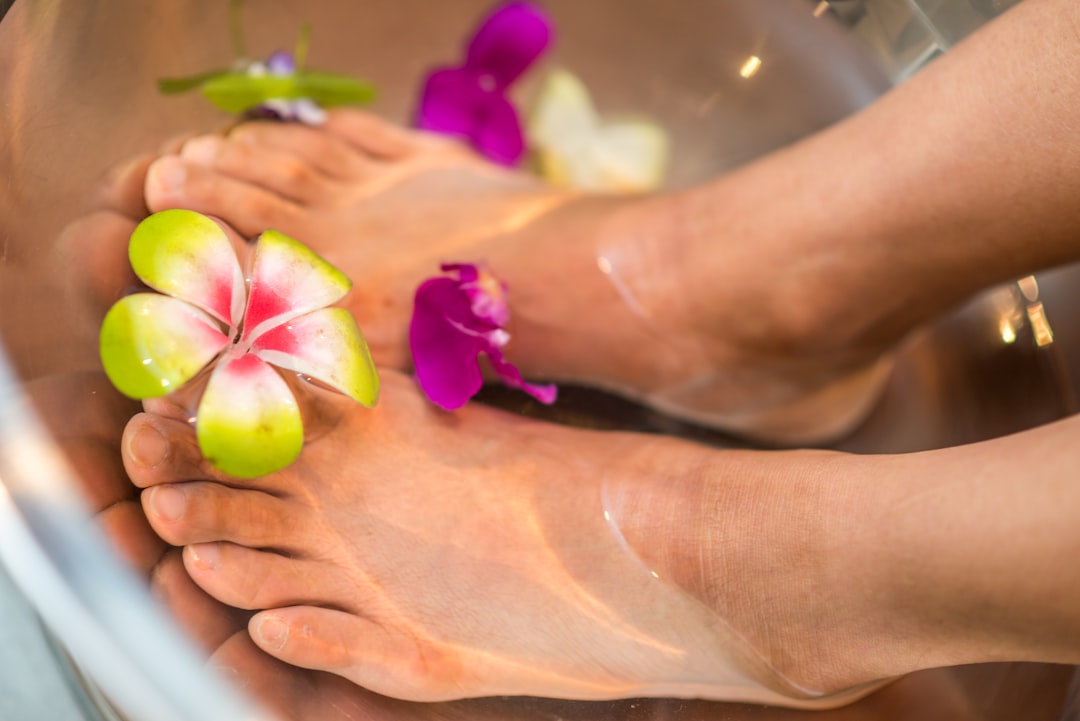

Waxing removes hair from the root, resulting in smoother skin and less irritation compared to shaving which can cause razor burn.
Sensitive skin can be more prone to irritation and inflammation when exposed to certain products or treatments. When it comes to waxing, individuals with sensitive skin may experience redness, swelling, or even a rash after the procedure. hot hair removal wax It is important for those with sensitive skin to take extra precautions before and after waxing to minimize these reactions.
In Effect this Means
Get the best hard wax products from Wax Wax.To minimize discomfort during waxing, it's recommended to take a pain reliever beforehand, avoid caffeine which can heighten sensitivity, and choose an experienced esthetician who uses proper technique.
Immediate Aftercare Steps
1. Is waxing painful?
Waxing is a form of semi-permanent hair removal that involves applying a sticky substance, such as wax, to adhere to body hair and then removing this covering to pull out the hair from the follicle. New hair will not grow back in the waxed area for four to six weeks. Waxing can be done on various parts of the body, including eyebrows, face, legs, arms, back, abdomen, chest, and feet. There are different types of waxing methods available, such as strip waxing (soft wax) and stripless wax (hard wax and film wax). While waxing is an effective method for removing hair in large amounts at once and provides long-lasting results compared to shaving or using depilatory creams, it can also be painful and expensive. Some people may experience ingrown hairs or skin irritation after waxing.
Waxing is the process of hair removal from the root by using a covering of a sticky substance, such as wax, to adhere to body hair, and then removing this covering and pulling out the hair from the follicle. New hair will not grow back in the previously waxed area for four to six weeks, although some people will start to see regrowth in only a week due to some of their hair being on a different human hair growth cycle. Almost any area of the body can be waxed, including eyebrows, face, pubic hair (called bikini waxing or intimate waxing), legs, arms, back, abdomen, chest, knuckles, and feet. There are many types of waxing suitable for removing unwanted hair.
What is waxing
After waxing, it is essential to take care of your skin by using the best post-wax products available. Here are some tips for applying and incorporating these products into your skincare routine.
Hair Growth Rate
The modern practice of waxing has evolved over time, with different techniques and types of wax available. how to hard wax Strip waxing, which uses a thin layer of wax applied to the skin and removed with a cloth or paper strip, is one common method. Another method is stripless waxing, where hard or film wax is applied directly to the skin and removed without the use of strips.
Understanding strip wax and stripless wax
Ideal Length: For effective waxing,(hair should) be at least 1/4 inch long to ensure that the wax has enough grip to pull out the hairs completely.
Types

To reduce the risk of adverse reactions when waxing sensitive skin, it is essential to prepare adequately beforehand. This includes exfoliating the area gently, avoiding sun exposure before waxing, and moisturizing regularly afterwards. Choosing a reputable salon with experienced estheticians who use high-quality products can also help minimize potential irritation for those with sensitive skin.
Avoid scheduling your appointment the week before or during your period as skin tends to be more sensitive.
4. How often should I apply post-wax products?
Do choose the right type of wax for your skin and hair type
What is waxing
Waxing is a form of semi-permanent hair removal that involves applying a sticky substance, such as wax, to adhere to body hair and then removing this covering to pull out the hair from the follicle. New hair will not grow back in the waxed area for four to six weeks.